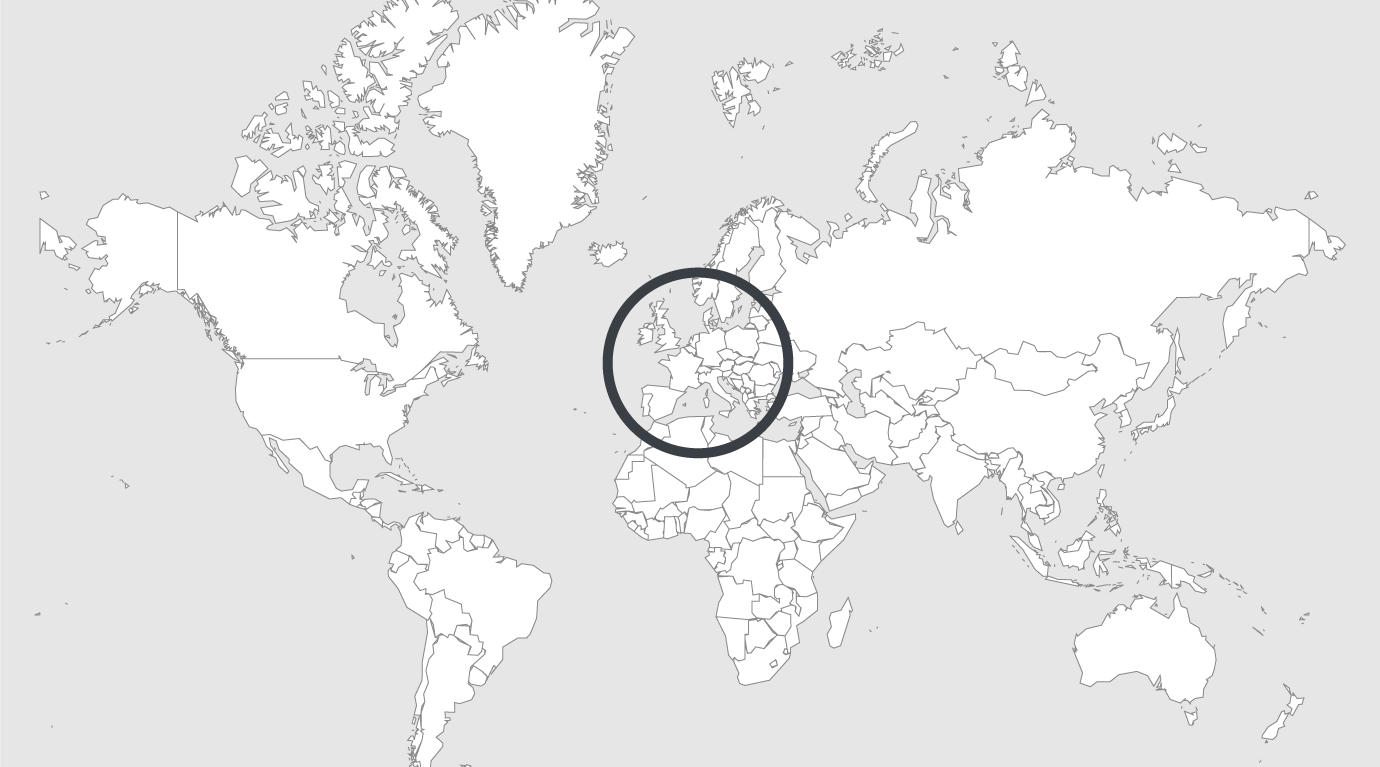
Explore
Netherlands: Why the Dutch are closing prisons – and what they’re doing with empty ones
The Netherlands has reduced its prison population to such a degree that it’s now turning old prisons into socially useful buildings, such as schools and refugee centres. What went right?
A vast X-shaped building marks the spot on an Amsterdam map that has brought a decade-long search to a close. Spread across three maxed-out campuses, with almost 1,000 students on roll, the British School of Amsterdam had struggled to keep up with the capital’s growing demand for international education. That was until it found the striking 14,000m2 property, which it moved into in April.The site had many advantages, not least its security, because − until recently – it had in fact been a prison. What is now the school’s freshly painted theatre with shiny chestnut-coloured beams was, until 2013, the prison chapel. And the mirrored dome at the building’s heart was a way to survey the four corridors branching out from it. “We’ve kept the wings. They just worked really well for each of the school sections,” explains the school’s communication manager Lisa Harrison, who says the cheerful atmosphere in the building “surprises everyone”.
It is the latest example of prison buildings in the Netherlands being repurposed, often in socially useful ways. Just 20km away, in Haarlem, the former De Koepel prison is being converted into a multi-purpose site to include student accommodation and social housing – answering a national shortage of both.
Meanwhile in the province of Drenthe, the National Prison Museum, housed since 2005 in a former penal colony, aims to open up a nuanced conversation on crime and punishment, as well as sharing its gruesome history. Quirkier uses have also been found. Utrecht’s Wolvenplein created a city beach within the steep walls of its exercise yard, while − before its demolition − Amsterdam’s Bijlmerbajes provided employment for some of the asylum seekers temporarily housed there, by converting 15 cells into a Syrian hammam. As the UK embarks on its largest prison building programme in over a century, with prisoner numbers almost doubling in the last 30 years, the prison population in the Netherlands is going in the opposite direction. Apart from a small rise in the past three years, it has otherwise been steadily shrinking. Today, the incarceration rate per capita is half the UK’s; there are far fewer repeat offenders; and reported crime continues to decline. At times, the Netherlands has even resorted to importing convicts from abroad to fill its empty cells and keep some prisons open.
